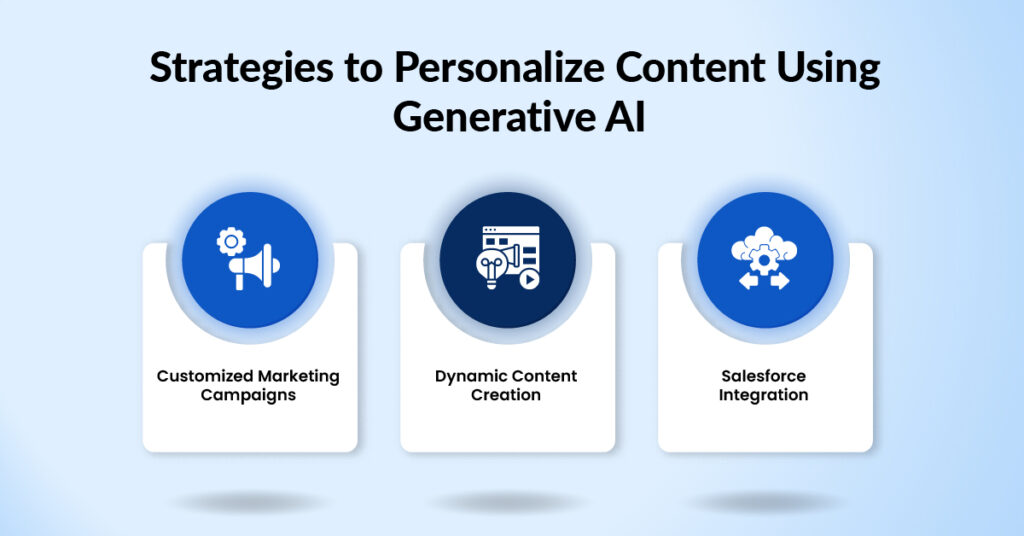Enterprises always seek to enhance operations, drive efficiency, and outsmart their peers. One of the most vital tools in their arsenal is predictive analytics, which combines historical data with sophisticated algorithms to gain actionable insights. These insights help shape businesses by providing actionable recommendations that drive both strategic decisions and operational improvements.
Predictive recommendations go beyond data patterns giving a view of the future so that businesses can anticipate trends and see potential issues and possibilities that are not clear now. The possible applications of predictive analytics range from customer segmentation and personalized marketing to proactive maintenance and resource optimization.
The final part of our series delves into acting on predictive recommendations. Here we will explore how RetailUno put the predictive recommendations into action to drive significant business outcomes.
How RetailUno Transformed Operations with Predictive Recommendations?
In our previous blog, we explored how RetailUno harnessed the power of historical data to make precise predictions, laying the groundwork for informed decision-making. This part delves into how the enterprise transformed these predictive insights into actionable strategies leading to operational efficiency and business growth.
Learn More:
- Part 1: Assessing the Need for AI in Salesforce Einstein Implementation
- Part 2: Analyzing Historical Data for Right Predictions
1. Segment Customers Based on Predictive Scores

Step 1: Collect Data from Different Sources
Gather data from various touchpoints, including customer interactions, purchase history, engagement metrics, and demographic information.
Step 2: Implement Predictive Scoring
- Use Salesforce Einstein to analyze the collected data.
- Apply predictive scoring algorithms to evaluate each customer’s likelihood to churn, potential value, and engagement levels.
Step 3: Define Segmentation Criteria
Establish specific criteria for segmenting customers based on predictive scores.
- High-Risk Customers: Customers with high churn probability scores.
- High-Value Customers: Customers with high potential value scores.
- Engaged Customers: Customers with high engagement scores.
Step 4: Categorize Customers
Automatically categorize customers into segments using the defined criteria.
- High-Risk Customers: Identified as those most likely to leave.
- High-Value Customers: Identified as those with the greatest potential for revenue.
- Engaged Customers: Identified as those highly interactive with the brand.
Step 5: Develop Targeted Strategies
For each customer segment, develop specific strategies to address their needs.
- High-Risk Customers: Implement retention strategies such as personalized offers, dedicated support, and proactive outreach.
- High-Value Customers: Provide exclusive deals, loyalty programs, and enhanced service levels to nurture and retain these relationships.
- Engaged Customers: Create advocacy programs to leverage these loyal customers as brand ambassadors.
In the same way, the enterprises can leverage Salesforce Einstein to personalize content for specific audiences and predict maintenances in advance to minimize downtime and ensure higher customer satisfaction.
2. Personalize Content for Relevant Audience with Specific Offers Using Gen AI within Salesforce

Leveraging Salesforce’s Gen AI capabilities, RetailUno personalized their marketing and communication strategies to enhance customer engagement and satisfaction.
- Customized Marketing Campaigns: They used predictive insights to craft personalized email campaigns, social media ads, and website content tailored to individual customer preferences and behaviors.
- Dynamic Content Creation: Gen AI generated dynamic content such as personalized recommendations, targeted promotions, and relevant product suggestions, making each customer interaction unique and engaging.
- Salesforce Integration: By integrating Gen AI with Salesforce, they streamlined their marketing efforts, ensuring that every customer touchpoint was informed by the latest predictive data.
3. Predict Maintenances in Advance for Minimized Downtime and Greater Customer Satisfaction
RetailUno utilized AI-driven maintenance predictions to enhance their operational efficiency and customer satisfaction.
- Proactive Maintenance Scheduling: Predictive analytics helped identify potential equipment failures before they occurred, allowing for proactive maintenance scheduling that minimized unplanned downtime.
- Optimized Resource Allocation: By predicting maintenance needs in advance, they efficiently allocated resources and parts, reducing delays and improving service quality.
- Customer Satisfaction: With reduced downtime and improved service reliability, customer satisfaction levels increased, leading to higher customer retention and positive reviews.
Conclusion
By acting on the predictive recommendations generated by their AI system, RetailUno achieved significant improvements in customer retention, engagement, and operational efficiency. They successfully segmented customers based on predictive scores, personalized content using Gen AI within Salesforce, and predicted maintenances in advance to minimize downtime.
The 3A’s of the right Salesforce Einstein implementation highlight the transformative power of AI in enhancing business processes and achieving better outcomes. As RetailUno continues to leverage AI-driven insights, they set a strong example for other organizations looking to harness the full potential of their data.
Author

Global COO, AblyPro

For 20 years, Neeraj has worked alongside a multitalented team to help associations and nonprofits drive digital transformation within their organization, enabling them to be more innovative, agile, and donor/member-centric. As AblyPro’s Global COO, he leads an internal task force that shares lessons learned, best practices, and practical applications that specifically relate to associations and nonprofits. With 300+ developers by his side, Neeraj provides clients with the resources and capacity to power up their teams.





